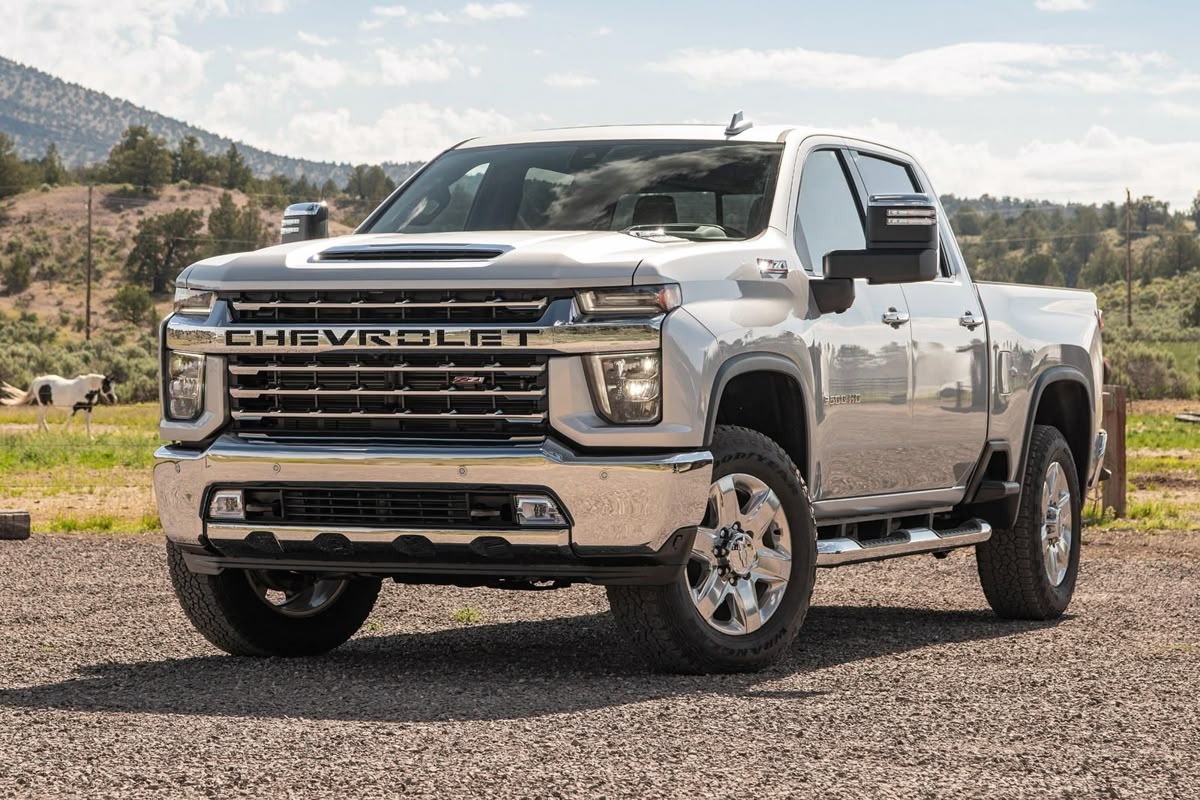Automotive reliability is a mix of engineering quality, thoughtful design, and regular maintenance. But let’s be honest—not everyone treats their vehicle with the care it deserves. Oil changes get delayed, tires stay underinflated, fluids are topped off “later,” and filters?
While proper maintenance is the golden rule for vehicle longevity, the real-world truth is that some vehicles keep running even when abused, while others demand near-obsessive attention or risk catastrophic failure.
Some cars and trucks are built like tanks, shrugging off overdue oil changes, worn spark plugs, and ignored warning lights. These are the mechanical survivors—designed with extra tolerance, bulletproof drivetrains, and the kind of engineering that assumes owners will skip a few scheduled services.
These vehicles are perfect for the forgetful, the lazy, or just those who can’t afford to run to the mechanic every time a dashboard light flashes. You’ll find them running strong in rural towns, student parking lots, and even war zones.
Then there are the divas of the automotive world—machines that might look great on paper but turn temperamental when ignored. They punish neglect with breakdowns, expensive parts, and warning lights that never go away.
Miss an oil change and you might be shopping for a new engine. Skip transmission service and prepare for a tow truck. These vehicles might reward the meticulous, but they punish the careless.
In this article, we explore five vehicles that can handle neglect surprisingly well, and five that can’t—those that will haunt your wallet if you don’t treat them right.
Whether you’re buying a used car or just want to know which cars forgive forgetful owners, this list might just save you a few headaches (or thousands of dollars). And if you’re the kind of driver who stretches oil changes “just one more month,” this one’s definitely for you.
Also Read: 10 Cars With Rear Seats That Fold Fully Flat for Maximum Cargo Space and Everyday Flexibility
Vehicles That Handle Neglect
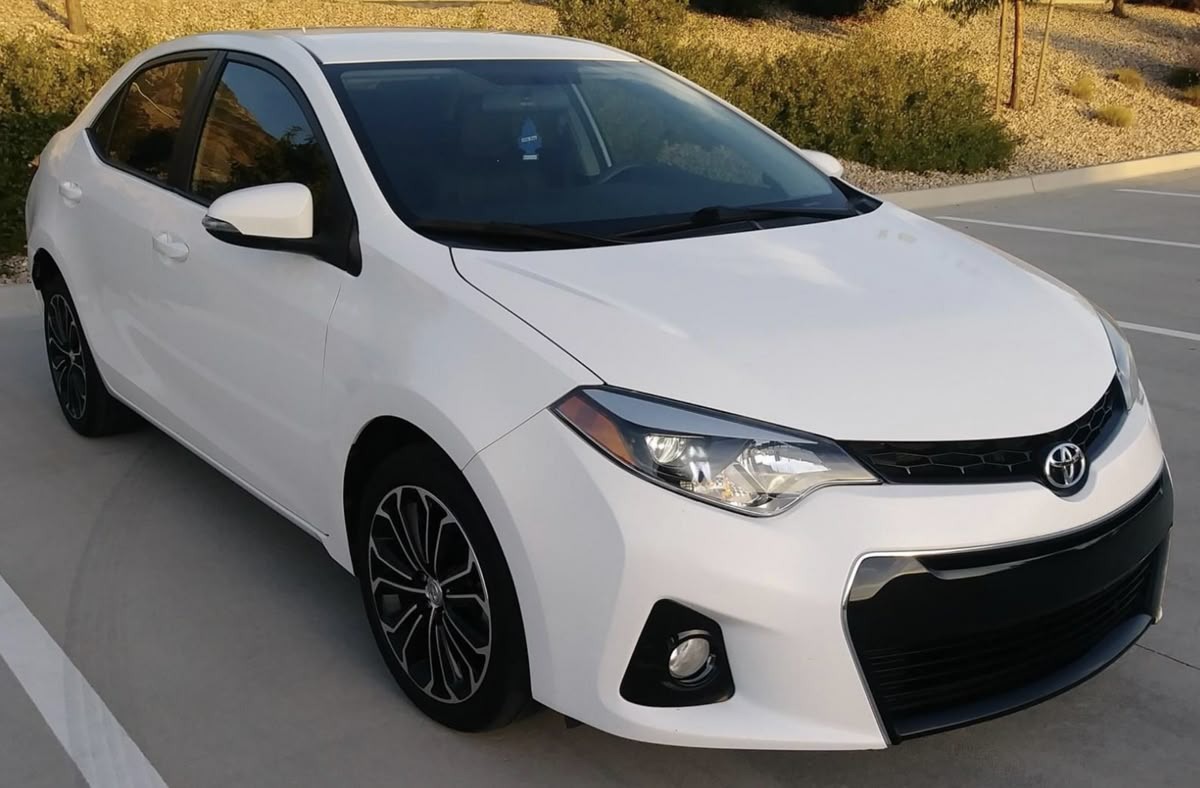
Toyota Corolla
The Toyota Corolla stands as a monument to simplicity and reliability in a world increasingly filled with complex, over-engineered vehicles. For decades, it has been the go-to choice for drivers who just want something that works every day, without fuss. What sets the Corolla apart is its near-legendary ability to keep functioning even when regular maintenance is skipped.
Whether it’s overdue oil changes, cheap filters, or barely-there fluid levels, the Corolla rarely complains. Its naturally aspirated four-cylinder engines, particularly those from the 1990s and early 2000s, were engineered with durability in mind, featuring conservative compression ratios, strong internals, and forgiving fuel systems.
But its toughness doesn’t just come from the engine. The Corolla’s entire design philosophy is rooted in reliability. There are few unnecessary electronics to fail, and the transmission—whether automatic or manual—was built with longevity as the priority, not performance.
The suspension components, brake systems, and cooling setups are all straightforward and relatively overbuilt, meaning they can tolerate wear and tear or infrequent maintenance without giving up the ghost. Owners across the world regularly report seeing 250,000+ miles on the odometer with nothing more than the most basic servicing.
Perhaps the most telling sign of the Corolla’s indestructibility is its global presence in places with harsh environments and limited access to automotive service. From rural Southeast Asia to the deserts of the Middle East, Corollas are still soldiering on after decades of hard use.
These cars are often left outdoors in extreme climates, run on questionable fuel, and maintained by whoever happens to have a wrench nearby—and yet, they endure. That’s not luck. That’s design. Toyota didn’t just build a commuter car—they built a vehicle that forgives neglect without fail.
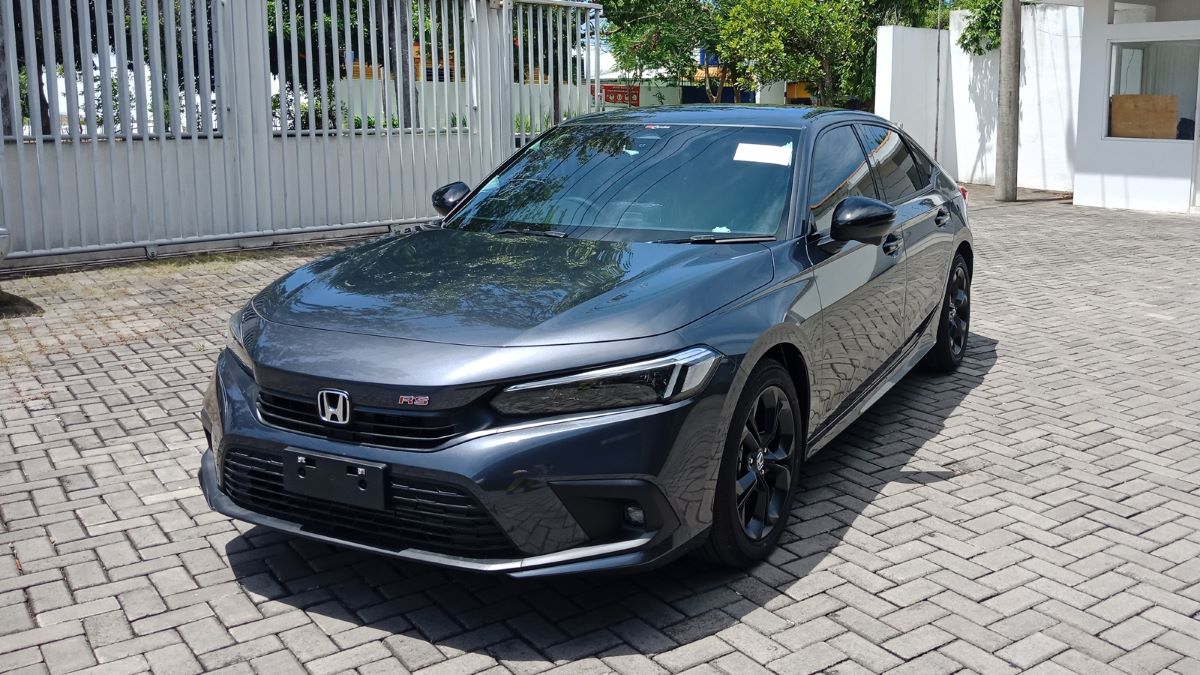
Honda Civic (Pre-2012 Models)
The Honda Civic, particularly the models from the late 1990s through the early 2000s, has earned a place in the pantheon of bulletproof daily drivers.
Much like the Corolla, the Civic was built with a reliability-first mindset, favoring straightforward engineering, robust materials, and mechanical accessibility. What really sets these older Civics apart is how well they handle less-than-ideal ownership.
Even when oil changes are neglected, spark plugs go unchanged, or belts start to squeak, the Civic’s powertrain is known to keep on ticking without catastrophic failure. Its non-interference engines (on select models) mean even a timing belt failure won’t necessarily destroy the engine.
Under the hood, Honda’s engines from this era—especially the D-series—were marvels of practicality. They were fuel-efficient, ran cool, and had fewer moving parts than modern equivalents. They were also forgiving when it came to fluid quality, and could survive on off-brand oil or delayed filter changes.
While newer Civics have become more complex, older ones benefited from a simplicity that allowed them to run with little attention. Even when minor components like oxygen sensors or EGR valves started to fail, the car would still start, run, and get you where you needed to go.
The Civic’s resilience isn’t limited to its engine. The manual transmissions are well-regarded for their strength, and the automatics, while not the most advanced, were usually trouble-free unless severely abused.
Beyond that, the suspension components are durable, body rust is minimal on well-kept examples, and the electrical systems, though basic, rarely suffer catastrophic failures.
Many of these cars have changed hands multiple times, often falling into the laps of teenagers, students, or budget-conscious drivers who don’t always prioritize upkeep. And yet, Civics from the early 2000s are still seen on roads every day, unfazed by years of low-budget maintenance and hard driving. That speaks volumes.
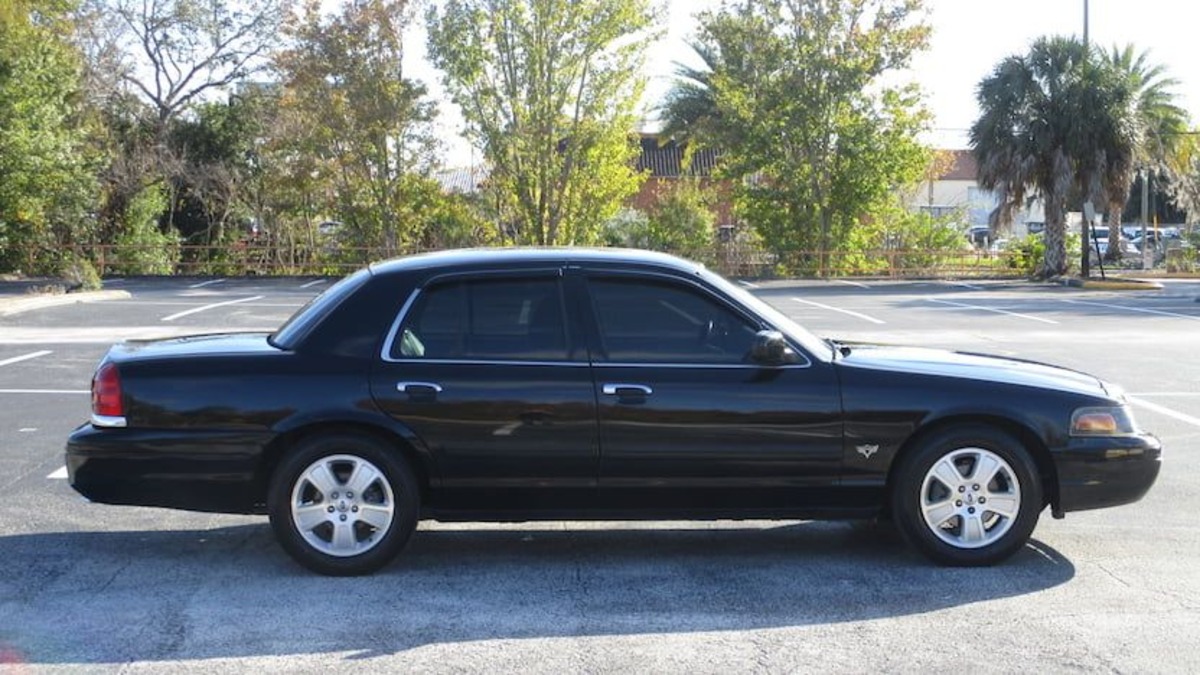
Ford Crown Victoria (Police Interceptor Models)
The Ford Crown Victoria, especially in its Police Interceptor (P71) form, is one of the most durable, abuse-resistant vehicles ever sold in North America. Designed from the ground up to handle the rigors of police duty, taxi service, and heavy fleet use, this full-size sedan was built to endure far more punishment than the average car.
Its 4.6L modular V8 engine isn’t flashy or high-revving, but it is famously tough. These engines can run on dirty oil, withstand prolonged idling, and take repeated wide-open throttle abuse without flinching. Even when maintenance is minimal and parts are left well beyond their recommended service life, the Crown Vic tends to power on like nothing’s wrong.
This legendary engine durability is paired with a body-on-frame construction, a rarity among modern cars. That design adds significant toughness, especially in accidents and high-stress environments.
The P71 variant includes heavy-duty suspension components, upgraded cooling systems, stronger alternators, and reinforced transmission parts—all engineered to survive long hours of hard use by law enforcement.
Many Crown Vics served their first 150,000 miles chasing down suspects, idling at traffic stops, and taking curbs at speed—only to be sold at auction, bought by civilians, and run for another 100,000 miles with barely a second thought.
Despite its size and weight, the Crown Vic is surprisingly low-maintenance. The rear-wheel-drive layout simplifies drivetrain maintenance, and the mechanical components are easy to access and cheap to replace. These cars were made to be repaired quickly and cheaply by government technicians or fleet mechanics working with limited budgets and tight timelines.
That makes the Crown Victoria not just reliable when well-maintained, but reliable even when actively neglected. It’s not uncommon to find examples on the road today that haven’t had a proper tune-up in years, yet still start every morning without hesitation. It’s not glamorous, but it’s about as dependable as a car can get.

Toyota Hilux
The Toyota Hilux isn’t just reliable—it’s infamous for being virtually indestructible. This reputation isn’t just folklore or internet exaggeration. From military convoys in conflict zones to isolated farms in the Andes, the Hilux is the one vehicle that people trust to start, run, and keep running even when it’s been abused.
There’s a reason this truck is the preferred choice in parts of the world where a breakdown could mean being stranded for days or worse. With an ultra-durable ladder frame, heavy-duty suspension, and a drivetrain that can survive dusty deserts and frigid mountaintops, the Hilux isn’t just tolerant of neglect—it practically expects it.
What makes the Hilux so durable is its over-engineering. Toyota intentionally made these trucks with wide tolerances and components that could handle low-quality fuel, skipped maintenance intervals, and brutal terrain. The diesel variants, in particular, are designed to run in dirty conditions and without the need for highly refined lubricants or premium service parts.
They can go tens of thousands of miles between services and still start on the first crank. Mechanical simplicity is another key: the Hilux was never packed with luxury features or electronic gizmos. Instead, Toyota focused on building a mechanical tank that could be fixed in the field with basic tools.
This isn’t just theoretical. Numerous torture tests—like the famous Top Gear segment—have proven that a Hilux can be drowned, burned, dropped, and bashed, and still run. It’s not a myth. It’s a fact of engineering. The Hilux may not be sold in the U.S. anymore, but its Tacoma sibling inherits much of the same DNA.
Around the world, the Hilux remains the king of reliability under neglect, and its legacy only grows with every dusty road it conquers. If you need a vehicle to survive the apocalypse—or just years of missed oil changes—the Hilux is the truck that delivers.
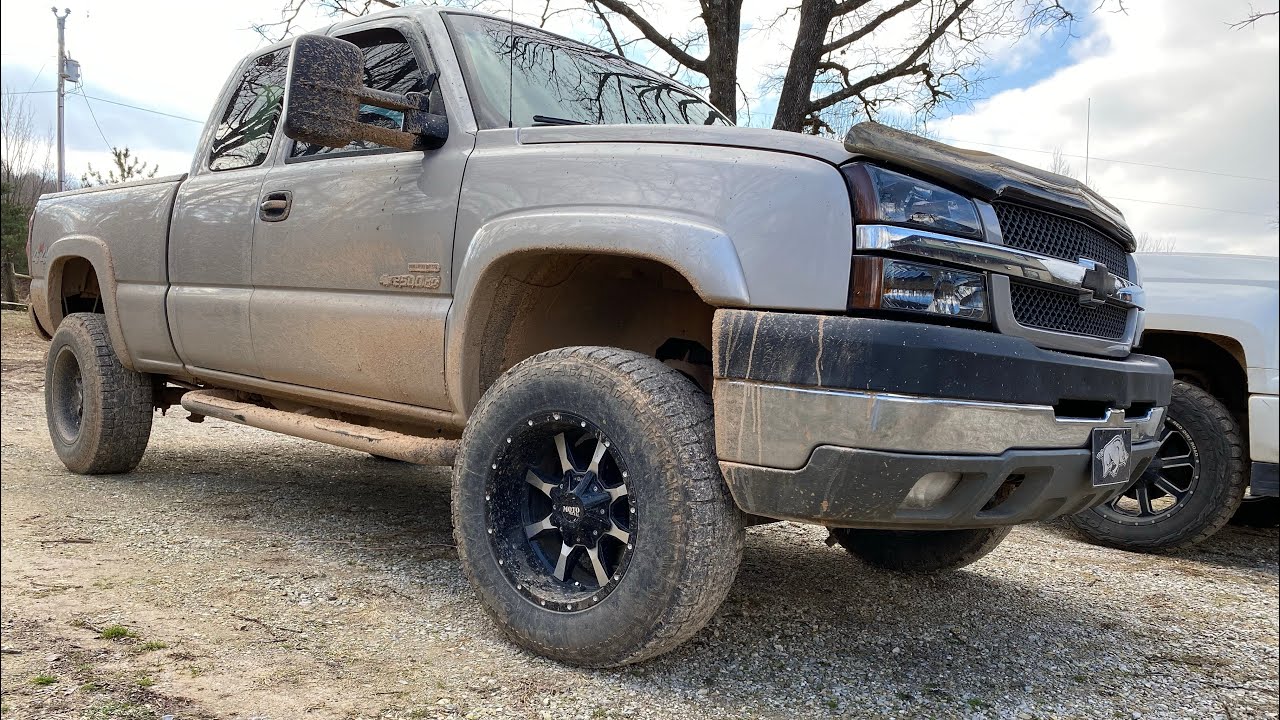
Chevrolet Silverado 1500 (Pre-2010 Models)
The Chevrolet Silverado 1500, especially those equipped with the 5.3L Vortec V8 from the early 2000s to around 2009, is an American workhorse that seems to thrive even when its owners don’t keep up their end of the bargain.
This generation of Silverado was built with ruggedness in mind, aimed at contractors, farmers, and drivers who needed a truck that could tow, haul, idle, and run for hours with minimal fuss. And GM delivered.
The 5.3L V8 is an iron-block engine that resists wear and handles thermal stress incredibly well. It’s not uncommon to find one that’s been run on cheap oil for 200,000 miles and still pulls strong.
One of the reasons for the Silverado’s resilience is its low-stress design. The engine is tuned more for torque and longevity than outright power. The transmission, while not flawless, can survive with infrequent service if not abused, and replacement parts are both abundant and cheap.
Even the electrical systems on older models are basic enough to avoid the gremlins that plague newer trucks. Add to that a relatively roomy engine bay and a straightforward suspension setup, and you get a truck that’s easy to work on when something finally does go wrong.
This isn’t to say the Silverado is perfect—it’s been known to rust in northern climates, suffer from knock sensor issues, and wear out suspension bushings—but none of those problems are particularly fatal. Even when treated poorly, these trucks almost always keep running and get the job done.
For drivers who aren’t great at maintenance but need a vehicle that’ll start every morning and pull a trailer every weekend, the Silverado 1500 is hard to beat. It doesn’t need your love—it just needs enough gas to get to work.
Vehicles That Demand Attention
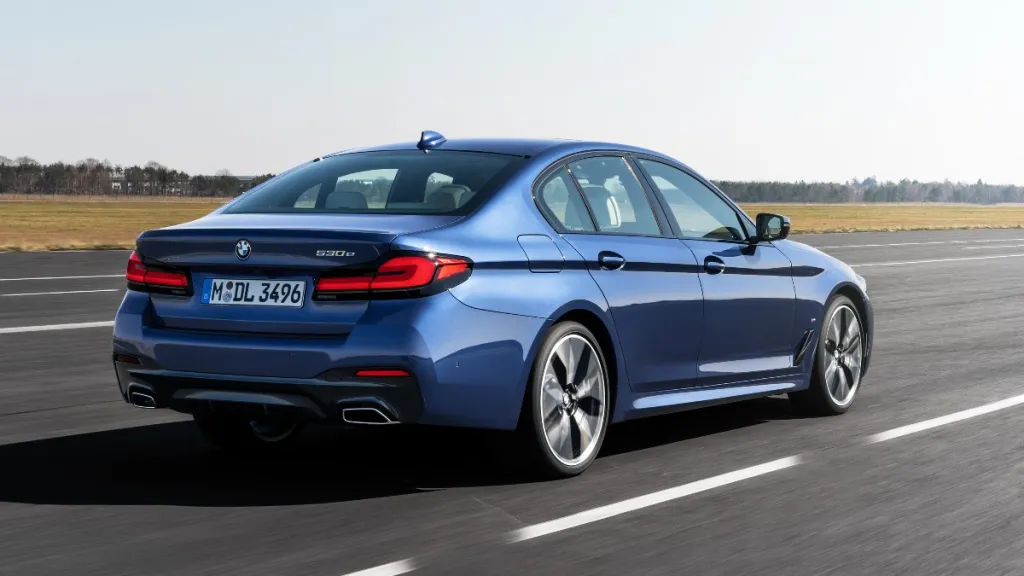
BMW 5 Series (E60, 2004–2010)
The BMW 5 Series E60, particularly models equipped with the N54 and N62 engines, is a masterclass in German engineering—but also a nightmare for anyone who dares to neglect it. These cars are performance machines filled with advanced technology, complex electronics, and finely tuned components that require regular maintenance to stay healthy.
Skip a few oil changes or ignore a coolant leak, and you’re looking at thousands of dollars in repairs. From high-pressure fuel pumps to valve cover gaskets, almost every part demands timely attention, and punishes you swiftly if ignored.
The E60 is especially harsh on owners who try to stretch maintenance intervals. The N54 twin-turbo inline-six, while beloved for its power and tuning potential, is notorious for carbon buildup, turbo failures, and oil leaks.
Even the automatic transmission requires periodic fluid changes that BMW once claimed were “lifetime fill”—a decision that left many transmissions failing under 100K miles when that “lifetime” proved shorter than expected. Combine that with complex cooling systems and fragile plastic components under the hood, and you have a car that simply cannot tolerate neglect.
What’s most frustrating is that the E60 drives beautifully when it’s in peak condition. The ride is smooth, the steering is responsive, and the interior exudes luxury.
But keeping it that way means religiously adhering to maintenance schedules, often with specialized parts and labor that don’t come cheap. This is not a car for the “fix it when it breaks” crowd—it’s a car for enthusiasts who understand that high performance comes with high responsibility.
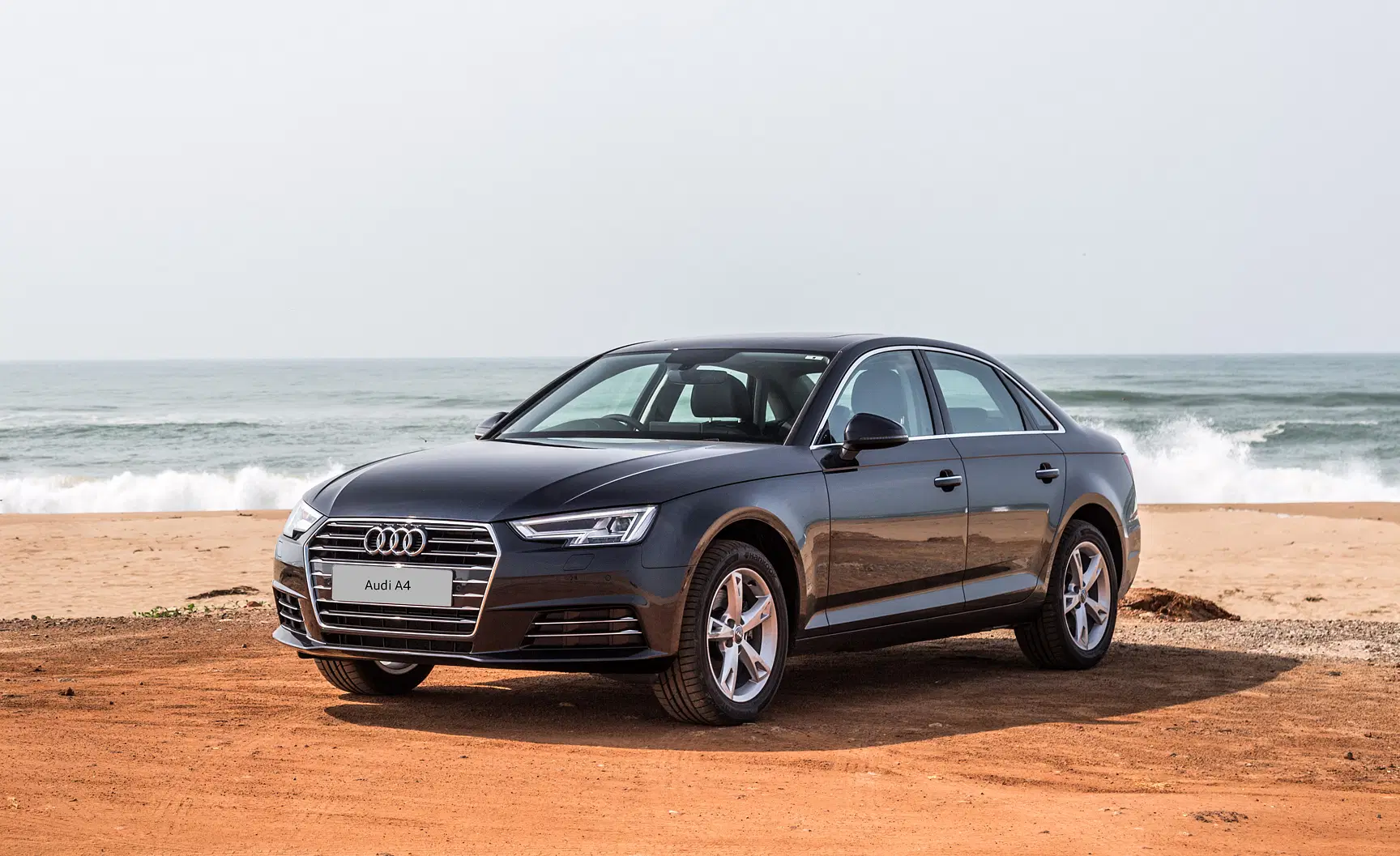
Audi A4 (B8, 2009–2016)
The Audi A4 B8 is another example of European engineering brilliance marred by its intolerance for neglect. Equipped with the 2.0 TFSI engine, these vehicles offer a refined ride and responsive turbocharged performance, but also come with a well-documented list of mechanical Achilles’ heels.
Most notorious among them is excessive oil consumption, which Audi initially downplayed, but which has cost countless owners thousands in engine rebuilds and replacements. Miss an oil top-off, and you’re likely to end up with engine damage.
This generation of the A4 is also highly sensitive to cooling system maintenance. A failed water pump or thermostat—both common issues—can lead to overheating and head gasket failure if not addressed quickly.
Timing chain tensioners are another weak point, and if you ignore the ticking noises or delay replacement, the result can be catastrophic engine failure. In other words, this is a car where you must listen closely, act quickly, and never postpone a warning sign.
Further complicating ownership is Audi’s reliance on advanced electronics and integrated systems. When neglected, these systems—like the MMI infotainment, electronic steering, or start-stop systems—can fail, resulting in costly diagnostics and repairs. Unlike an older, simpler vehicle, you can’t just ignore a few warning lights and expect the A4 to keep running. It demands consistent care, or it will drain your bank account faster than it accelerates from 0 to 60.
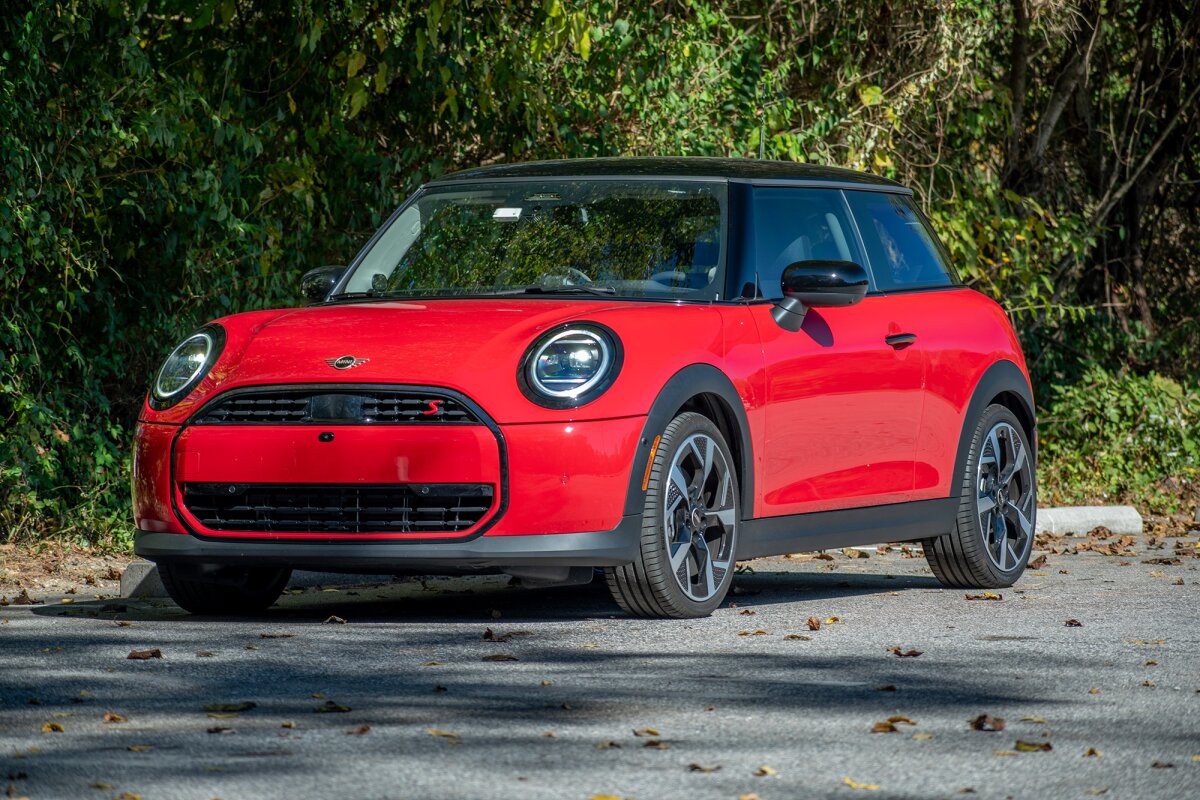
Mini Cooper (2007–2013)
The Mini Cooper, especially the second-generation R56 models, may be charming and fun to drive, but they’re not forgiving in the slightest.
These cars are plagued with a variety of mechanical and electrical issues, most stemming from one unavoidable fact: they’re built with tightly packed, heat-sensitive components, and when neglected, things go south very fast. The timing chain tensioner, for instance, is a notorious weak point. If not replaced at the first sign of rattle, it can lead to full engine failure.
Cooling system failures are another sore spot. The thermostat housing, water pump, and radiator are all prone to leaks, and if left unaddressed, can quickly overheat the engine.
Many Minis from this era also suffer from carbon buildup on intake valves, especially in the turbocharged versions. Without regular cleaning and oil changes, fuel economy drops, performance suffers, and check engine lights become a constant presence on the dashboard.
Perhaps the worst part about neglecting a Mini is how quickly it becomes unaffordable to repair. Because so many components are crammed into tight spaces, labor costs are high, even for simple repairs.
What might take 30 minutes on a Corolla could take 3 hours on a Mini. That means every neglected issue becomes a major expense down the line. The Mini Cooper may be stylish and nimble, but if you don’t treat it like a thoroughbred, it will kick back—and hard.

Range Rover Sport (2010–2016)
The Range Rover Sport may be a status symbol, but it’s one of the least forgiving vehicles you can own if you’re not meticulous about maintenance. From the moment they leave the dealership, these SUVs require constant attention, both under the hood and inside the cabin.
The supercharged V8 engines are powerful, but also run hot and have been known to develop timing chain and cooling system issues if oil changes are skipped or if cheap fluids are used.
The real problems often come from the complex electronics and air suspension systems. Miss a service interval and suddenly you’re dealing with a dashboard lit up like a Christmas tree, a failing compressor, and a suspension that won’t rise.
Even the infotainment systems and door locks are prone to electrical gremlins that can cost thousands to track down and repair. Once these systems start failing due to neglect, the vehicle’s resale value plummets—and so does its reliability.
It’s easy to be tempted by the Range Rover’s luxury, off-road chops, and impressive power, but unless you’re ready to shell out for frequent and expensive maintenance, this SUV can become an absolute money pit. It’s not the kind of vehicle that lets you skip a fluid flush or ignore a check engine light. Even one missed oil change can trigger a cascade of issues. In short, you either pamper it, or it punishes you.
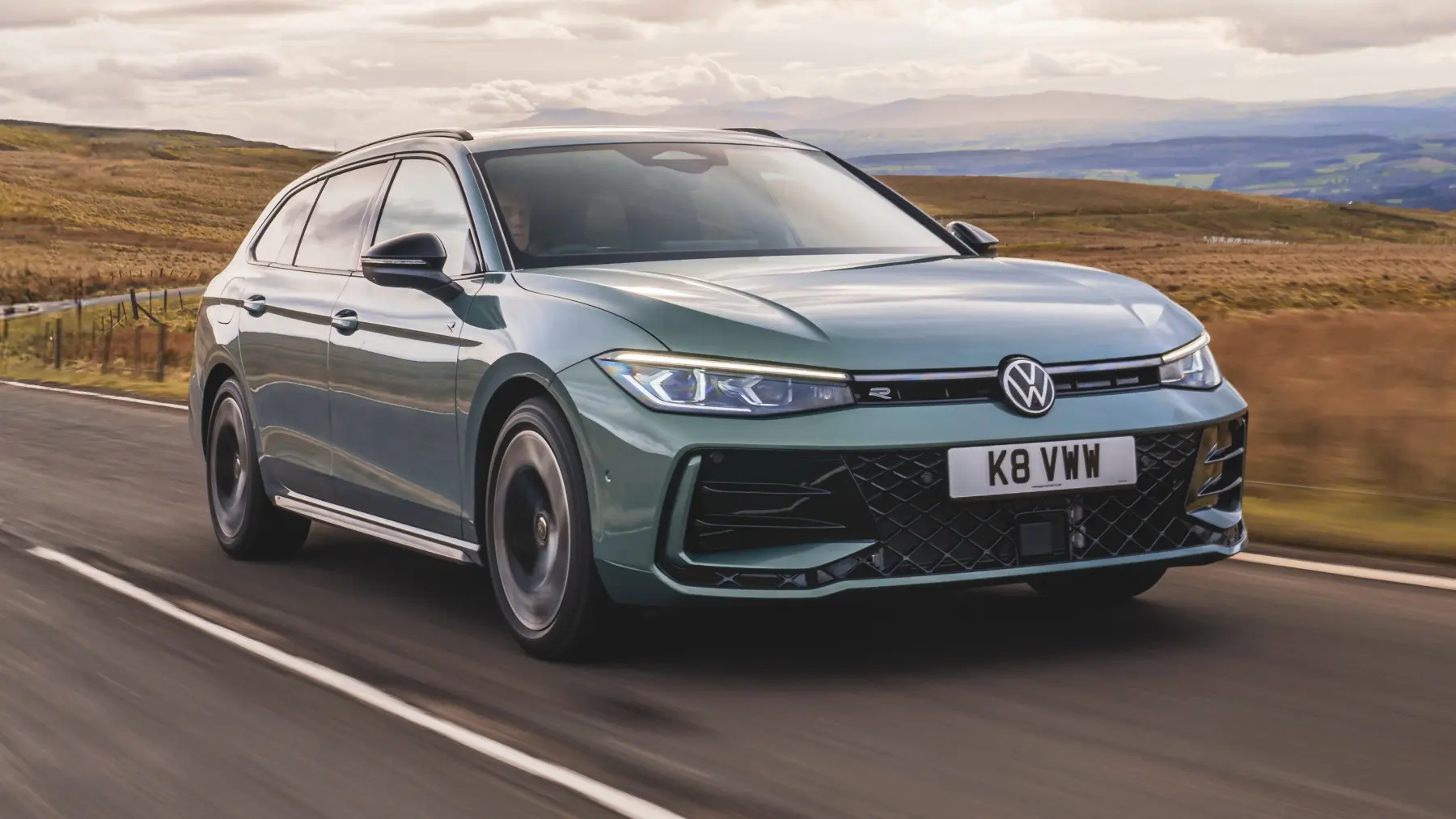
Volkswagen Passat (2006–2013, 2.0T FSI models)
Volkswagen’s 2.0T FSI engine, commonly found in the Passat during these years, is an engineering paradox: efficient, powerful, and refined when properly maintained, but utterly unforgiving when it’s not. A frequent offender is the timing chain tensioner, which, if ignored, can fail without warning and destroy the engine. Similarly, the high-pressure fuel pump system and direct injection components are prone to wear and require meticulous care to keep running smoothly.
This engine is also known for oil sludge buildup, especially in drivers who delay oil changes or use the wrong type of synthetic oil. Combine this with the car’s fragile PCV systems and carbon-heavy intake valves, and you’ve got a vehicle that demands regular service to survive.
.The automatic transmission (Tiptronic or DSG) adds another layer of fragility. Miss a fluid change and you’re on the fast track to slipping gears and premature failure.
The Passat’s interior and comfort features are impressive, but many of the interior electronics are interconnected, meaning that one module failure can cause cascading errors.
It’s not uncommon for owners to report multiple warning lights after a minor battery replacement, all because the system wasn’t reprogrammed properly. This is not a car that tolerates shortcuts. If you’re the kind of driver who changes oil only when the engine gets noisy, the Passat will not be your friend.
Reliability Is a Two-Way Street
Automotive reliability is often seen as a fixed trait—something baked into a car’s DNA by the manufacturer. And while that’s partially true, what really separates long-lasting vehicles from money pits is how well they’re designed to survive mistakes.
Some vehicles—like the Toyota Corolla or the Ford Crown Victoria—are engineered with resilience in mind. They have simple components, wide tolerances, and forgiving drivetrains that allow them to endure years of half-hearted ownership and still get you where you need to go.
On the other end of the spectrum are vehicles that demand a relationship—and not just any relationship, but a committed one. Luxury brands like BMW, Audi, and Land Rover offer performance and refinement, but they do so under strict conditions: maintain me, respect me, and never ignore me.
Also Read: 10 Best Cars for Families and 5 You Might Regret
Miss a service here, overlook a leak there, and the car will let you know—in the most expensive way possible. In that sense, these cars are like high-performance athletes: they can do amazing things, but only if they’re kept in peak condition.
The unforgiving vehicles aren’t necessarily “bad”—in fact, many of them are incredible machines. But they don’t tolerate laziness. If you’re someone who knows how to wrench, keeps a service log, and treats your car like a valuable tool, these cars can reward you with a driving experience few others can match.
However, if you’re prone to waiting until things break before acting, you’d be better off with something like a Civic or Silveradovehicles that meet you halfway.
At the end of the day, reliability isn’t just about what a car can do—it’s about how it behaves when things go wrong. The best vehicles are the ones that forgive you when you’re not perfect. And in a world where life is busy, wallets are stretched, and schedules are tight, that kind of mechanical forgiveness might be the most valuable feature of all.

